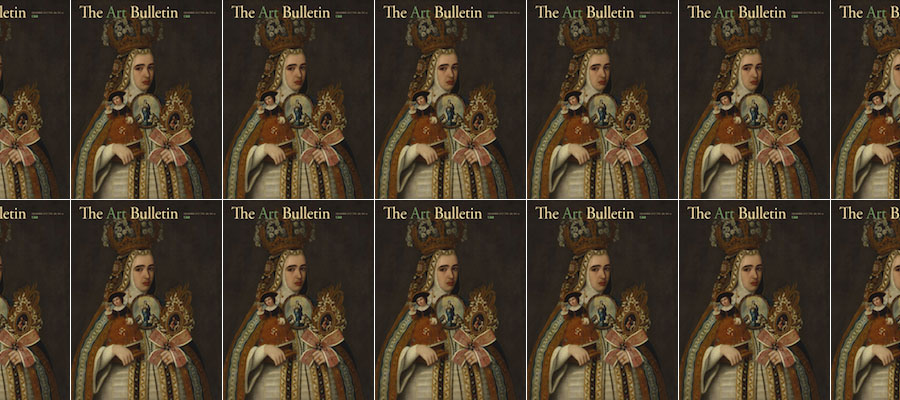Alice Isabella Sullivan. “Visions of Byzantium: The Siege of Constantinople in Sixteenth-Century Moldavia.” The Art Bulletin, volume 99 (2017): pp. 31–68.
The fall of Constantinople on May 29, 1453, signaled the disappearance of the main political, military, cultural, and religious power in southeastern Europe and the eastern Mediterranean—the Byzantine Empire—and the emergence of the increasingly oppressive Ottoman presence in these territories. In the decades that followed, the Ottoman Empire turned its attention toward other points of resistance, particularly in the Balkan Peninsula and regions of eastern Europe, in an effort to reach the gates of Rome. Although this ambitious endeavor was not accomplished, by the early decades of the sixteenth century, southeastern Europe was under Ottoman control. During these tumultuous decades, the principality of Moldavia—founded in 1359 and extending over the regions of northeastern modern Romania and the Republic of Moldova—likewise came under Ottoman rule. In exchange for the tribute payment or haraç, presenting official gifts to the sultan and his dignitaries, and providing military support, Moldavia’s freedoms included an acknowledgment of the frontiers of the principality, the authority of its princes in their domain, the retention of former laws and customs, liberties of action in foreign affairs, respect for the Orthodox faith and its rituals, and, perhaps most important, limitations to the presence of the Ottomans in the land. The principality’s quite substantial yearly tributary obligations toward the Ottoman Porte, the general government of the empire, were not regularly met. Divergences from the peace agreements with the Ottomans, initiated by Moldavia’s rulers beginning with Stephen III “the Great” (r. 1457–1504), resulted in periods of turmoil. The numerous Ottoman attacks against Moldavia, and in particular the two major campaigns carried out by Sultan Mehmed II “the Conqueror” (r. 1444–46; 1451–81) in 1476 and by Sultan Bayezid II (r. 1481–1512) in 1484, were followed in the early decades of the sixteenth century by a third, in 1538, led by Sultan Süleyman I “the Magnificent” (r. 1520–66). This episode marked the beginning of a period of great unrest in Moldavia, which culminated in the exile of its prince, Peter Rareş (r. 1527–38; 1541–46), for a period of three years. Peter’s first reign, during which the art and architecture of Moldavia took on new and fascinating visual dimensions, stands at the center of this study.
